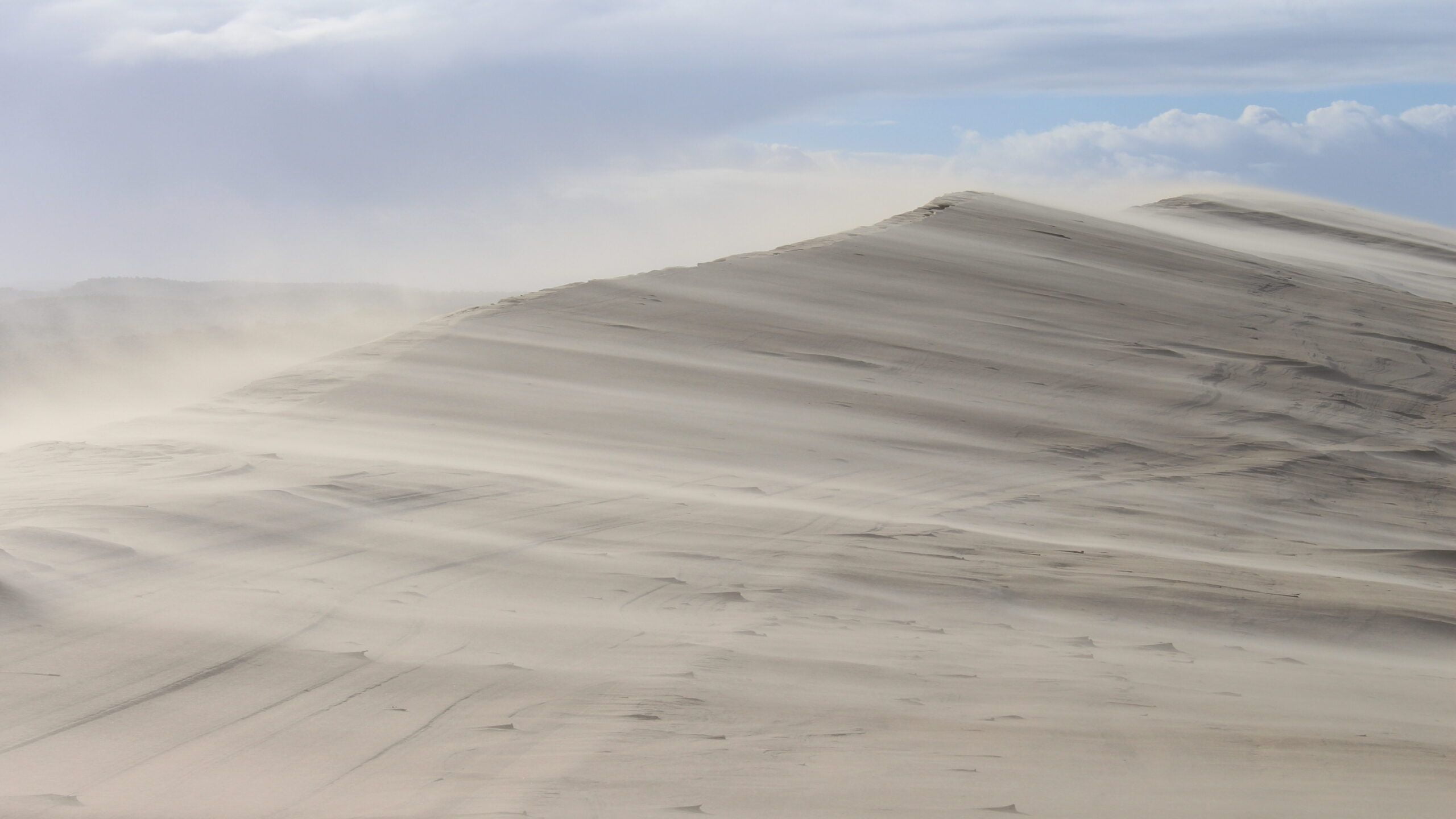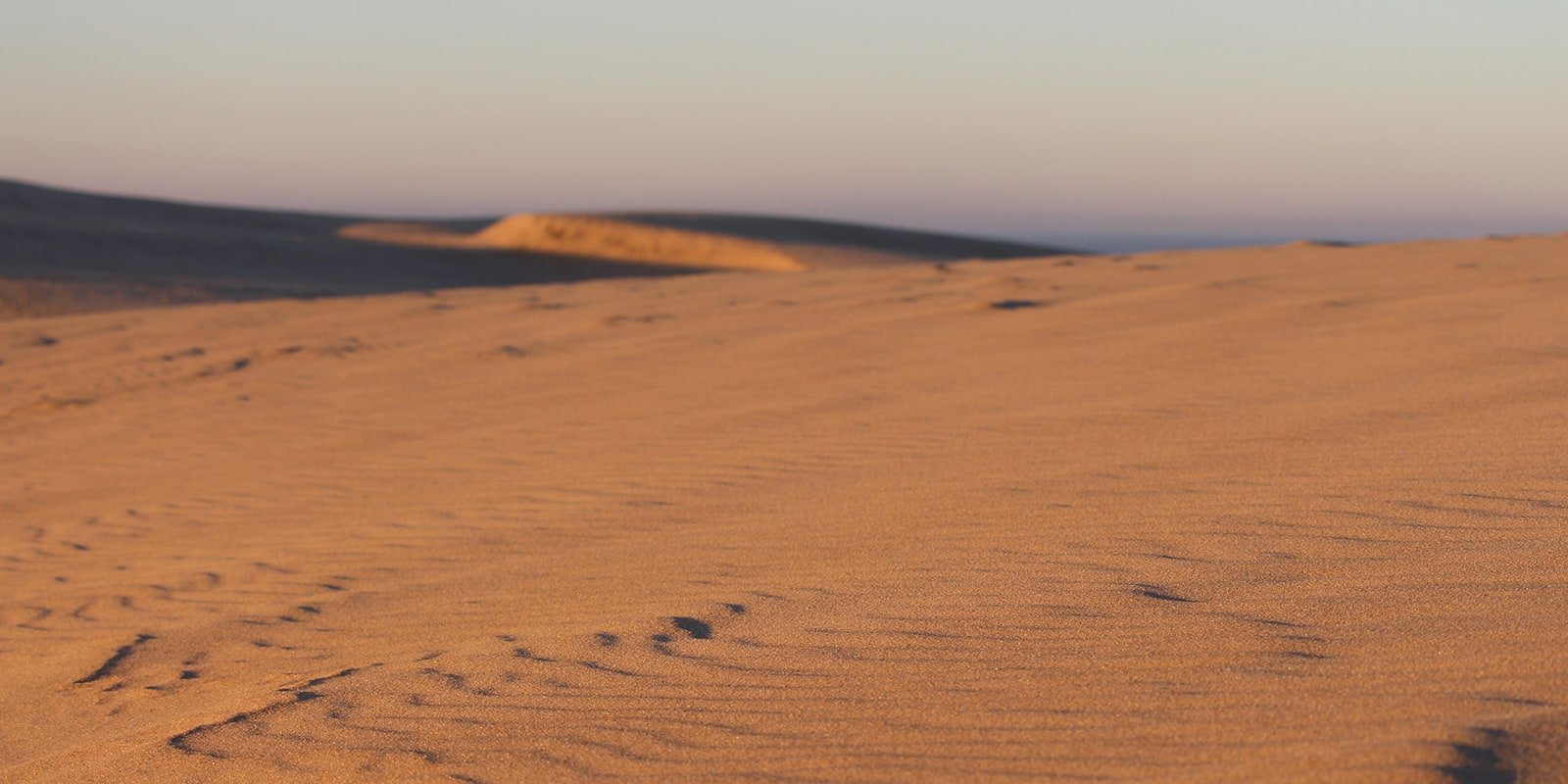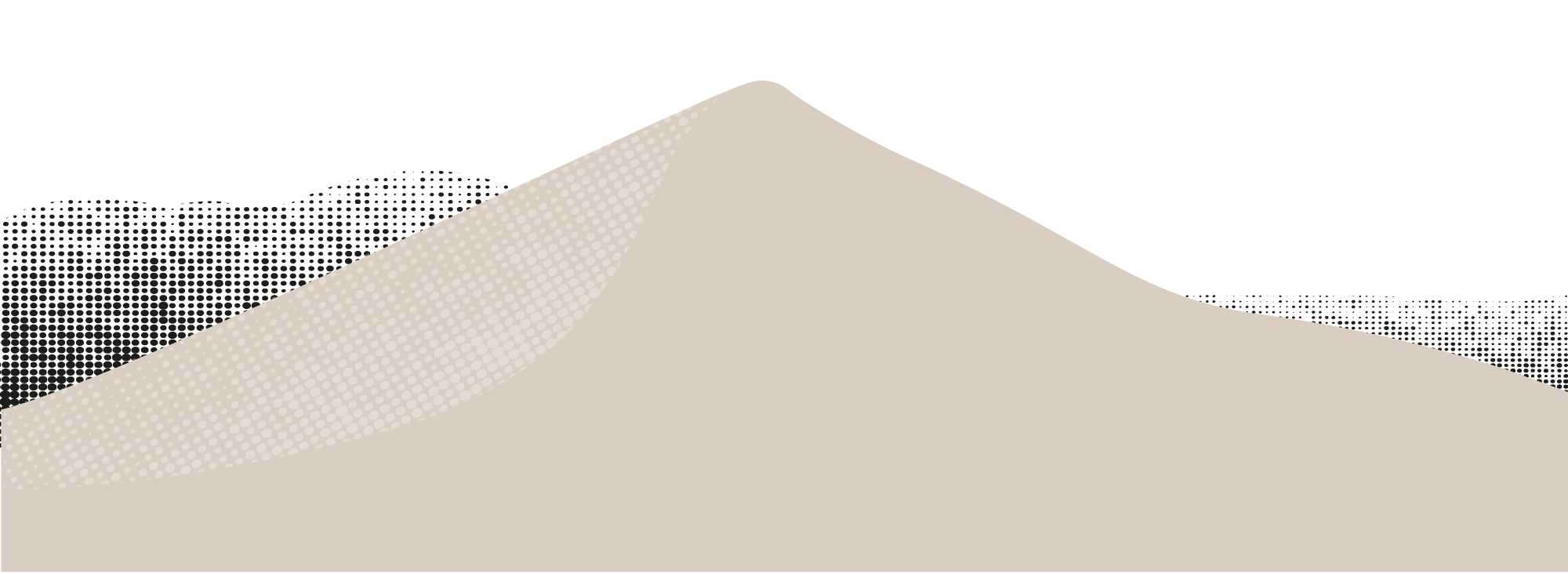While the Côte Nouvelle-Aquitaine Observatory has just published the results of its annual monitoring of the Dune du Pilat, let's take a look at the natural evolution of this exceptional natural monument in five questions.

Is the Dune du Pilat really smaller this year?
L'New Aquitaine Coast Observatory (OCNA) indicated this in its communicated as of October 18: the Dune du Pilat culminates at 102.4m, i.e. 1.8m less than the height recorded in 2021. This makes it the lowest altitude measured since monitoring began in 2009. For however, this does not mean that the dune is smaller as a whole! Indeed, this measure concerns the summit, located in the central part of the site. However, this ridge is particularly mobile and moves with the winds, without this predicting the extent of the advance of the dune towards the forest massif. Thus, this maximum altitude may vary from day to day, depending on weather conditions.
How do we measure the dune?
An exceptional geological formation, the Dune du Pilat is closely monitored by OCNA scientists. Each year, three of them cover the entire dune: the equivalent of 7 times the climb in one day! They use a satellite geolocation tool to carry out topographic monitoring of the site, monitoring which will make it possible to understand the evolution of the dune, and in particular the processes of erosion, and to determine its measurements.
Is the dune mobile?
We can even say that it does not stay in place! Tirelessly, the sand accumulated at its foot is pushed all along the west face to the summit by the wind. Under the effect of its own weight, it then tilts on the eastern slope, towards the forest. Thus, the dune gradually gains on the forest massif, burying the trees at a rate of 1 to 5 meters per year.
What about the erosion of the western side of the dune?
If the NACO agents are interested in the dune-forest limit, they also monitor the evolution of the coastline, that is to say the limit of the highest seas on the west coast. The northern coast of the dune experiences chronic erosion, with an average decline of the toe of the dune of 4 meters per year. This phenomenon is accentuated by winter storms. The central and southern parts are rather stable, erosion is low or almost zero.
What evolution to expect after the fires?
During the summer of 2022, the town of La Teste-de-Buch experienced a violent fire impacting more than 6,000 hectares of forest. According to initial findings, it appears that very little vegetation in the non-wooded dune zone was affected by the flames. On the other hand, all the wooded areas located behind the dune were burned. It seems unlikely, in the current state of knowledge, that the consequences of the fire on the forest massif would modify the natural movement of the dune. However, future scientific monitoring will be decisive in order to know the evolution of the environment after this event and to see if a different dynamic is taking place.










